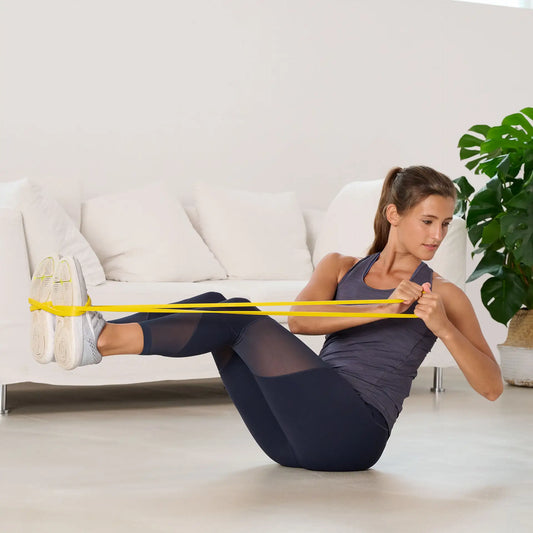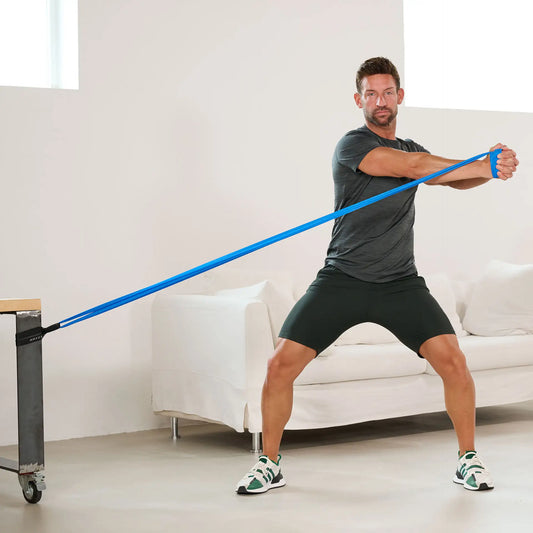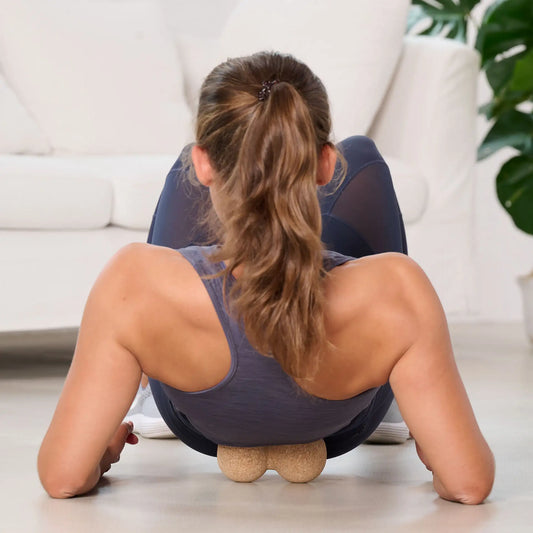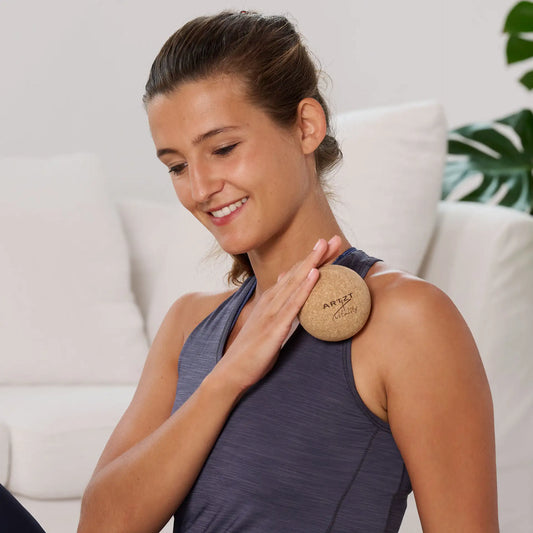
Fitness training - how to get started
Share
Reading time: 5 min.
How do I train properly and what do I have to consider in my fitness training? How do I manage to integrate sport and exercise into everyday life? What is really important in regular workouts? Personal trainer Arne Derricks will provide you with the answers.
Contents
Why is regular fitness training important?
The 4 best tips to optimize your fitness training
Conclusion: There is the right fitness training for everyone
Why is regular fitness training important?
Regular fitness training is more important than ever to stay healthy and fit. If motivation is initially lacking, remember the many benefits of sport and exercise: Physical activity improves heart health, reduces the risk of many chronic diseases such as diabetes, obesity and cancer. Regular exercise also has positive effects on mental health and well-being: it reduces stress, improves mood and ensures better sleep.
But that's not all: Regular training continuously improves your physical performance. Regular exercise strengthens the body and builds muscles. This can help to be more resilient and efficient in everyday life. Those who are fit and healthy feel more self-confident and have more energy for the challenges of everyday life.
The 4 best tips to optimize your fitness training
1. Posture
Posture is a position that takes place rather unconsciously and that we cannot always really analyze, because it is often simply subject to the "force of habit". In addition, the natural posture is usually determined by your own anatomy. We all have the same basic requirements - two arms, two legs, a pelvis - but the structures can be different. For example, each person's thigh lies a little differently in the joint socket. This results in a different structure for every person, which means that everyone looks a little different in their posture.
How do you create a beautiful and above all healthy posture yourself? Sometimes you lose sight of the right thing because our brain has learned over a long period of time to perceive your own posture, which may be incorrect, as correct. A doctor, a physio or a trainer can help here by analyzing exactly what is wrong with the posture and what you can do about it: whether these are balancing exercises that involve external rotation or whether it is even possible is not due to the structure, but to muscle imbalances, which can also lead to the body being in an imbalance.
It is important to analyze the posture in an exercise and then to correct the execution of the exercise in order to improve the posture in the long term.
2. Frequency
How often should you train to achieve maximum success? Once a week? Twice? Five times? Too rare but also too frequent can have a counterproductive effect on the training progress. A lot doesn't always help a lot. People who train five times a week, for example, often experience a drop in performance. On the other hand, people who sleep enough, give the body enough nutrients and also allow sufficient regeneration phases can sometimes work with such a training plan. Others who don't give the body these requirements will have problems with such frequent training. Therefore, everyone should carefully consider how their own lifestyle should look like and how often suitable fitness training can be integrated into everyday life.
Depending on the training goal, you always have to ask yourself the question: Is it movement or is it training? A classic example: the postman who rides his bike five hours a day would actually be the best Tour de France rider because he rides his bike for so long and so often. However, he always performs the same movements to which the body eventually gets used. A Tour de France rider might only ride an hour or two a day, but with a very different training intensity. Here's the difference between exercise and training: If I want to achieve long-term success and progress, I have to get out of the movement and increase strength, weights or resistance in order to challenge the body a little more each time.
Analyze your everyday life: When is the training right? Are you able to give the body enough rest and, above all, the right nutrients? Because all of this is just as important for training progress as the training itself.
3. Proper breathing
This is actually a particularly important topic, but one that is often given too little attention because it actually happens automatically. But breathing is particularly important when exercising. Because: If you breathe correctly, your body can perform better because the body can be supplied with more oxygen. The right technique is important here.
There are basically three different breathing techniques: chest breathing, costal breathing and abdominal breathing. Now there are various sports such as yoga and Pilates where proper breathing plays an important role. But breathing should also be used in a targeted manner, for example during strength training. Deep abdominal breathing and rib cage breathing ensure that the body is optimally supplied with oxygen. The diaphragm and the costal arches help by alternately inflating and lowering that the lungs are optimally supplied with air and that the waste carbon dioxide is then ejected again.
In strength training, it is during the strenuous phase, i.e. the concentric phase, that you exhale. Example: bicep curls. If the dumbbells are lifted, you are in the strenuous phase, you breathe out, if you lower your arms again, the easy phase begins, you breathe in. This is actually quite easy to notice with both free weights and machine training: when the weight goes up, you exhale, because this is where you usually push or pull. When the weight drops again, inhale. You can actually work on all machines according to this principle. The same applies to those who also train with resistance bands: if it gets difficult, breathe out, if it gets easy, breathe in.
4. Stability vs Mobility
These two keywords, which always intertwine and complement each other, form the basis of a training session before performance can even be delivered. Because first you have to make sure that your body can remain in a stable position and at the same time you have the necessary mobility to carry out a movement. Stability and mobility are crucial for an optimal movement pattern. You can imagine the whole thing like a scale: if one thing is too much, the scales are out of balance. The balance between the two is important. If there is too much stability, movement restrictions may occur, and if mobility is high, there may not be sufficient stability.
So how is stability mobility achieved? Through full-body exercises, through balance exercises and through classic movement exercises for flexible muscles and a large range of motion in the joints. Basically, our body acts like a chain. The first element that keeps us stable is the foot. If we go a little higher, the ankle joint is the first mobility element. The knees, on the other hand, are stabilizing elements that offer little mobility with their classic hinge joints. The hip, in turn, is mobile. The spine starts out stable at the bottom and eventually becomes more and more mobile at the level of the thoracic vertebrae. The shoulder blades themselves provide stability, while shoulder joints provide a lot of mobility. At the end of the chain are hands and fingers, which are by far the most mobile limbs.
Knowing these characteristics of the limbs makes it easy to distinguish between the need for stability exercises and mobility exercises. At the beginning mobility, then stability and at the end the weight load for the performance.
Conclusion: There is the right fitness training for everyone
For many people, getting into fitness training can be a challenge. But with the right approach, you can make it much easier to get started.
An important step is to set realistic goals. You're unlikely to get a six pack in a matter of weeks, so instead focus on making progress in overall fitness.
It can also be helpful to create a training plan and gradually get used to the training. Also, don't be afraid to ask for help, whether it's from friends or a personal trainer. Patience and perseverance are the keys to success. Then regular fitness training becomes a constant companion in your everyday life.
And don't forget: It's never too late to start regular fitness training and thus benefit from the numerous positive effects in the long term.
























